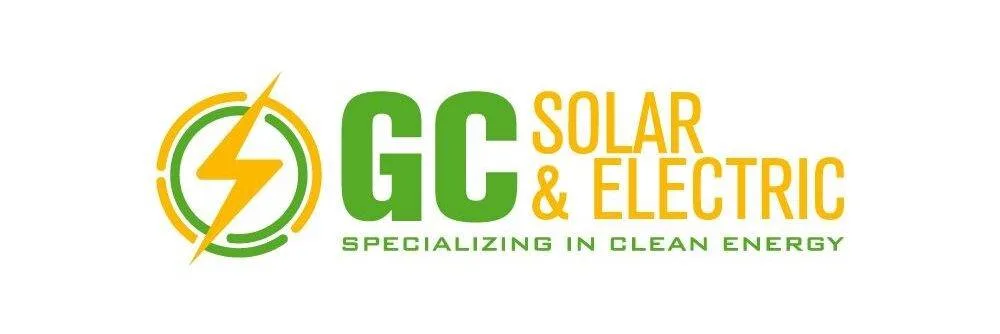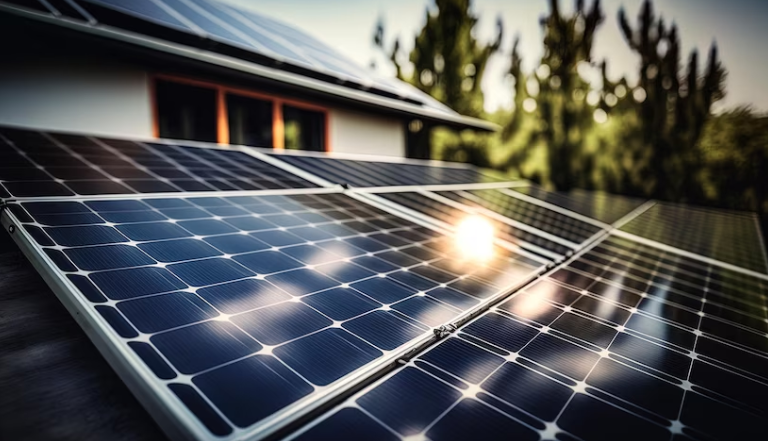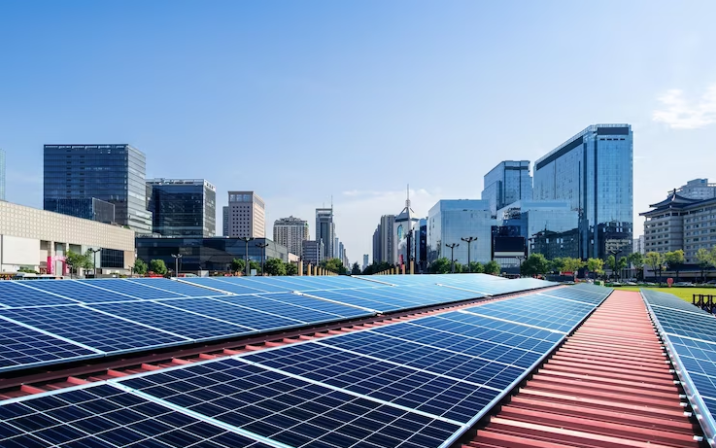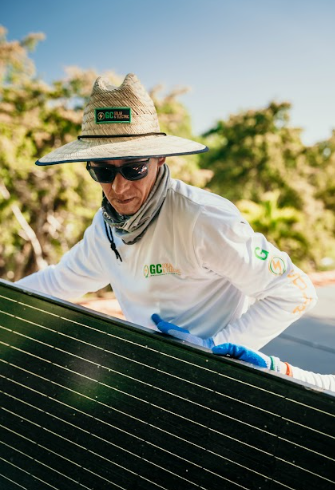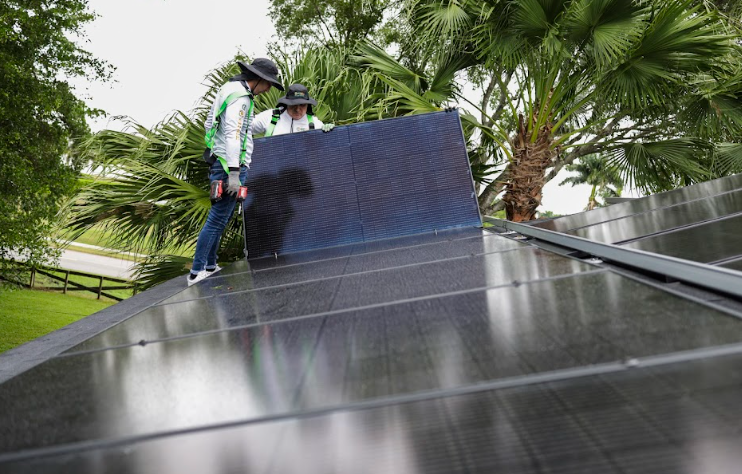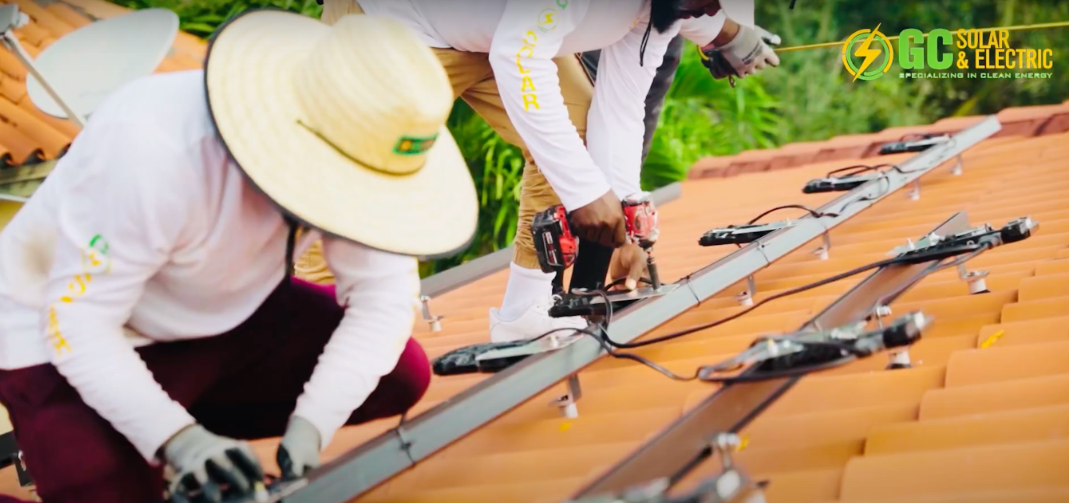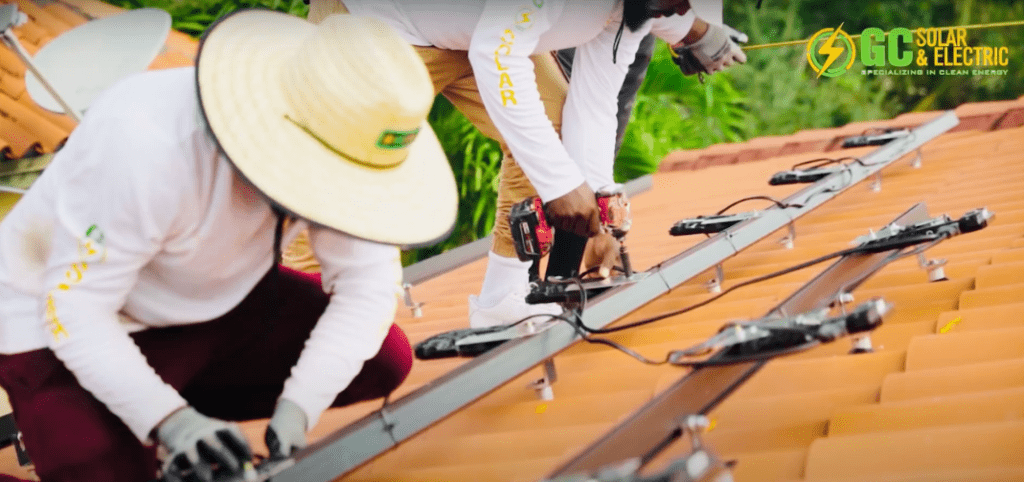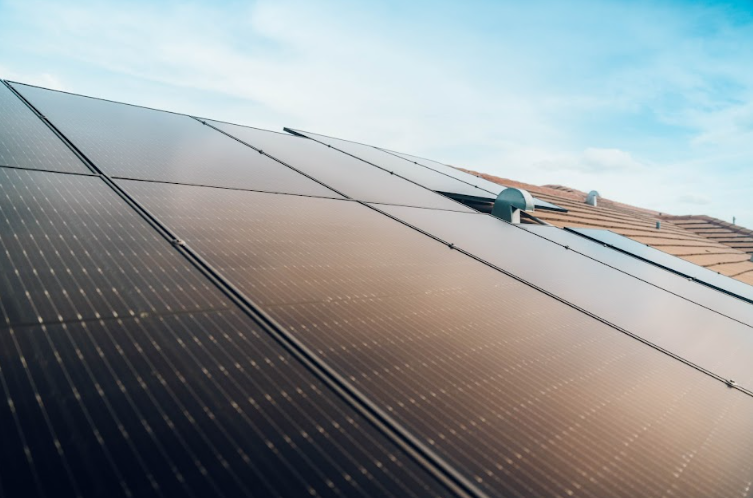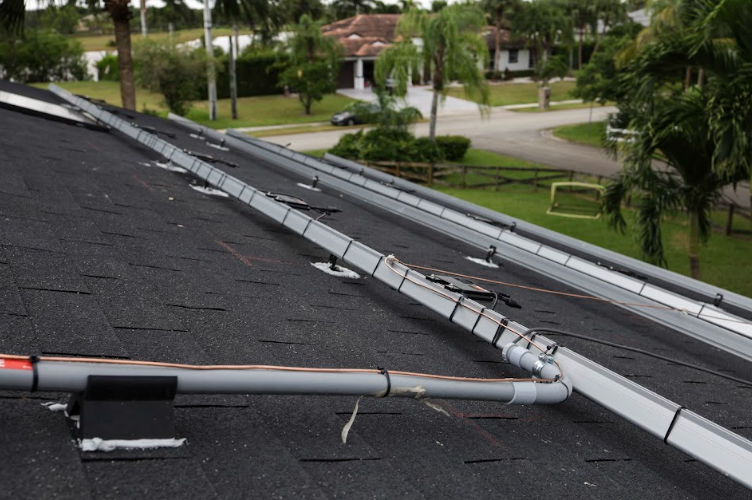How Solar Panels Work in Tropical Climates like Florida: GC Solar & Electric
Florida, with its abundant sunshine and tropical climate, is an ideal environment for harnessing solar energy. As the sunshine state, the potential for solar power is immense. In this article, we’ll delve into how solar panels operate in tropical climates like Florida, highlighting the efficiency of the process with a focus on GC Solar & Electric, a prominent player in solar installation in Miami.
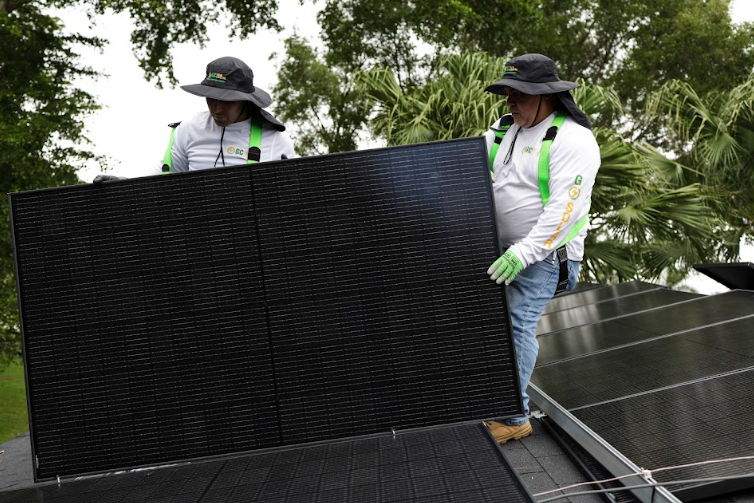
The Sunshine State and Solar Energy:
Sunlight Absorption:
Solar panels are designed to absorb sunlight, and Florida’s tropical climate provides ample sunlight throughout the year. The panels consist of photovoltaic cells that convert sunlight into direct current (DC) electricity.
Photovoltaic Conversion:
The photovoltaic cells within solar panels play a crucial role in converting sunlight into electricity. When sunlight strikes these cells, it creates an electric field, leading to the generation of a flow of electricity. This process is highly efficient in sunny conditions, making it particularly suitable for tropical climates.
Inverter Conversion:
The generated electricity is in the form of direct current (DC), but household appliances and the grid operate on alternating current (AC). Inverters are used to convert DC electricity into AC electricity, making it compatible with the electrical systems in homes and businesses.
GC Solar & Electric: Enhancing Solar Efficiency in Miami
As a leader in solar installation in Miami, GC Solar & Electric plays a pivotal role in optimizing the efficiency of solar panels in Florida’s tropical climate.
Advantages of Solar Installation with GC Solar & Electric
Optimal Panel Placement:
GC Solar & Electric’s expertise ensures that solar panels are strategically placed for optimal sunlight absorption. Their installations take into account the angle, orientation, and shading to maximize energy production in Florida’s sunny conditions.
High-Quality Solar Panels:
Utilizing high-quality solar panels, GC Solar & Electric ensures durability and efficiency. Premium panels perform better over time, delivering reliable energy production and longevity in Florida’s tropical climate.
Efficient Inverter Systems:
GC Solar & Electric employs state-of-the-art inverter systems to maximize energy conversion efficiency. Their inverters ensure a seamless transition from DC to AC electricity, optimizing the energy output for use in homes and businesses.
Local Climate Expertise:
Understanding the unique aspects of solar energy in Florida, GC Solar & Electric brings localized expertise to each installation. Factors like humidity, occasional storms, and the intense tropical sun are considered, ensuring that the solar systems are resilient and perform efficiently under diverse weather conditions.
In tropical climates like Florida, solar panels thrive, providing a sustainable and efficient source of energy. With GC Solar & Electric leading the way in solar installation in Miami, residents and businesses can harness the full potential of solar energy. The combination of abundant sunlight and advanced solar technology ensures that solar panels not only work effectively but also contribute significantly to a greener and more sustainable future in the Sunshine State.
